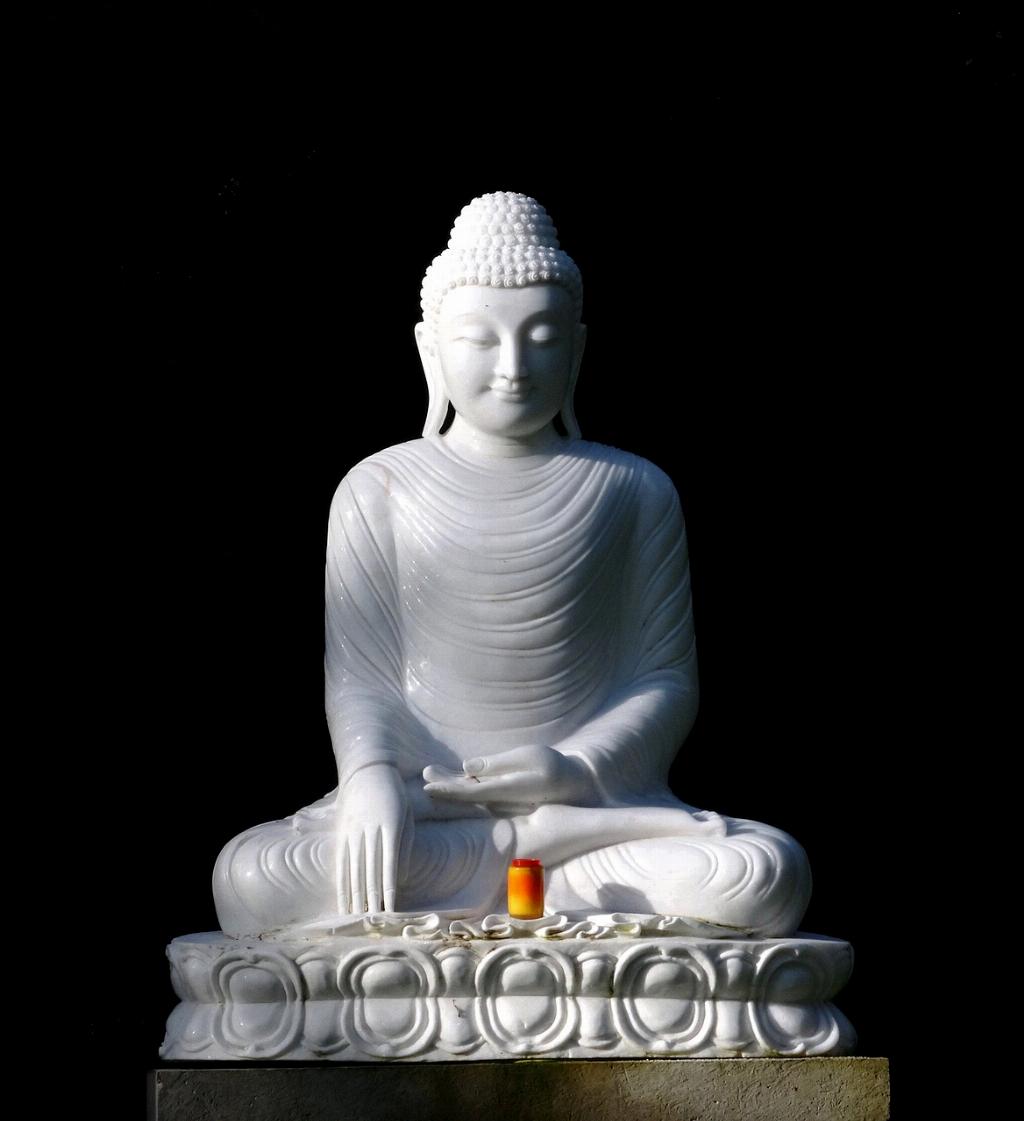In the world of spiritual teachings, Buddha Dharma stands as a profound philosophy that offers guidance on how to find freedom from suffering and attain enlightenment. Rooted in the teachings of Siddhartha Gautama, who became known as the Buddha, Buddha Dharma encompasses a wide range of essential concepts and practices. In this article, we will explore the main points of Buddha Dharma, shedding light on its core teachings and providing insights into their significance.
The Life of Buddha
Before delving into the main tenets of Buddha Dharma, it is crucial to understand the life of Buddha. Born as Siddhartha Gautama in ancient India, he embarked on a spiritual quest in search of the truth about suffering and its cessation. Through years of seeking and contemplation, Siddhartha attained enlightenment and became known as the Buddha, or the awakened one.
Four Noble Truths
At the heart of Buddha Dharma lie the Four Noble Truths. They form the foundation of Buddhist philosophy and provide a roadmap to understanding suffering and its release.
The first noble truth is the truth of suffering, known as “Dukkha” in Pali. It encapsulates the idea that all existence is characterized by dissatisfaction, pain, and impermanence.
The second noble truth is the truth of the origin of suffering, known as “Samudaya.” It teaches that suffering arises from attachment and craving. By recognizing and understanding the root causes of suffering, we can begin to transcend them.
The third noble truth is the truth of the cessation of suffering, known as “Nirodha.” It states that liberation from suffering is attainable and that there is a way to overcome it.
The fourth noble truth is the truth of the path to the cessation of suffering, known as “Magga.” This path, known as the Eightfold Path, outlines a set of principles and practices that lead to the ultimate goal of liberation.
Eightfold Path
The Eightfold Path is the practical guide offered by Buddha Dharma to achieve liberation from suffering. It is a holistic path that encompasses different aspects of life, emphasizing the cultivation of wisdom, ethical conduct, and mental discipline.
The Eightfold Path consists of eight interconnected principles:
- Right understanding (Samma ditthi): Developing a correct understanding of the nature of reality and the Four Noble Truths.
- Right thought (Samma sankappa): Cultivating wholesome thoughts and intentions for the well-being of oneself and others.
- Right speech (Samma vaca): Practicing truthful, kind, and non-harmful speech.
- Right action (Samma kammanta): Engaging in actions that are ethical, compassionate, and beneficial.
- Right livelihood (Samma ajiva): Choosing a vocation or livelihood that aligns with spiritual values and promotes well-being.
- Right effort (Samma vayama): Exerting effort to cultivate virtuous qualities and overcome unwholesome tendencies.
- Right mindfulness (Samma sati): Cultivating present-moment awareness and attentiveness to the body, feelings, mind, and phenomena.
- Right concentration (Samma samadhi): Developing focused and tranquil states of mind through meditation.
Dependent Origination
Another key concept in Buddha Dharma is dependent origination. It elucidates the interdependent nature of all phenomena and asserts that suffering arises due to the conditioned nature of existence.
This concept is illustrated by the twelve links in the chain of causation, which explain how one’s actions and mental states perpetuate the cycle of birth, death, and rebirth. By understanding this chain and breaking its links, liberation from suffering can be achieved.
Three Marks of Existence
The three marks of existence are fundamental characteristics of all phenomena. They provide insights into the nature of reality and the impermanent and selfless nature of existence.
The first mark is anicca, which represents impermanence. It teaches that all conditioned phenomena are subject to change and transience.
The second mark is dukkha, which encapsulates the truth of suffering. It acknowledges that suffering is an inherent part of existence, even though it may manifest in different forms.
The third mark is anatta, which emphasizes the absence of an enduring, independent self. It challenges the notion of a fixed identity and invites a deeper exploration of the nature of the self.
Karma and Rebirth
According to Buddha Dharma, karma is a fundamental law that governs cause and effect. It is the accumulated result of intentional actions and decisions, shaping one’s future experiences and circumstances.
Central to the concept of karma is the understanding of rebirth, the belief in the cycle of birth, death, and rebirth. It suggests that one’s actions in one life contribute to the circumstances and experiences in future lives.
Meditation and Mindfulness
Meditation plays a vital role in Buddha Dharma, serving as a means to cultivate mindfulness and develop insight into the nature of the mind and reality. It involves various techniques, such as breath awareness, loving-kindness, and insight meditation.
Mindfulness, in the context of Buddha Dharma, is the practice of being fully present and aware in each moment. It involves observing one’s thoughts, feelings, and sensations with non-judgmental attention, fostering clarity and insight.
The Sangha and Buddhist Community
The Sangha refers to the community of monks, nuns, and spiritual practitioners in Buddhism. It plays a vital role in preserving and transmitting the teachings of Buddha Dharma, providing support for individuals on the spiritual path.
The Sangha’s functions include offering guidance, organizing communal activities, and maintaining monastic traditions. They serve as exemplars of the teachings, inspiring others to practice and aspire to liberation.

Conclusion
Understanding the main points of Buddha Dharma provides a profound insight into the teachings and practices that guide individuals on the path towards liberation from suffering. By embracing the Four Noble Truths, the Eightfold Path, and other key concepts, one can embark on a transformative journey of self-discovery and spiritual growth. May the wisdom of Buddha Dharma serve as a guiding light in your pursuit of inner peace and liberation.
